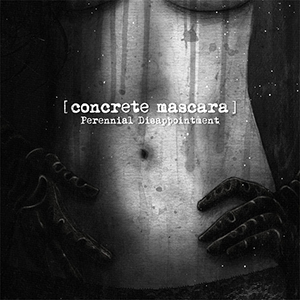 New Jersey based harsh electronics trio Concrete Mascara have a handful of limited releases since their inception in 2011, but Perennial Disappointment is only their second full length album, following 2014's Blossoms of Shame. The title is obviously a tongue-in-cheek, self-effacing joke, however, because the eight songs that comprise it seethe with menace, creating a dark, violent environment via aggressive vocals, destroyed electronics, and perverse attempts at building rhythm.
New Jersey based harsh electronics trio Concrete Mascara have a handful of limited releases since their inception in 2011, but Perennial Disappointment is only their second full length album, following 2014's Blossoms of Shame. The title is obviously a tongue-in-cheek, self-effacing joke, however, because the eight songs that comprise it seethe with menace, creating a dark, violent environment via aggressive vocals, destroyed electronics, and perverse attempts at building rhythm.
Hotter than July. This week's episode has plenty of fresh new music by Marie Davidson, Kim Gordon, Mabe Fratti, Guided By Voices, Holy Tongue meets Shackleton, Softcult, Terence Fixmer, Alan Licht, pigbaby, and Eiko Ishibashi, plus some vault goodies from Bombay S Jayashri and Pete Namlook & Richie Hawtin. Solstice moon in West Midlands, UK photo by James. Get involved: subscribe, review, rate, share with your friends, send images! |


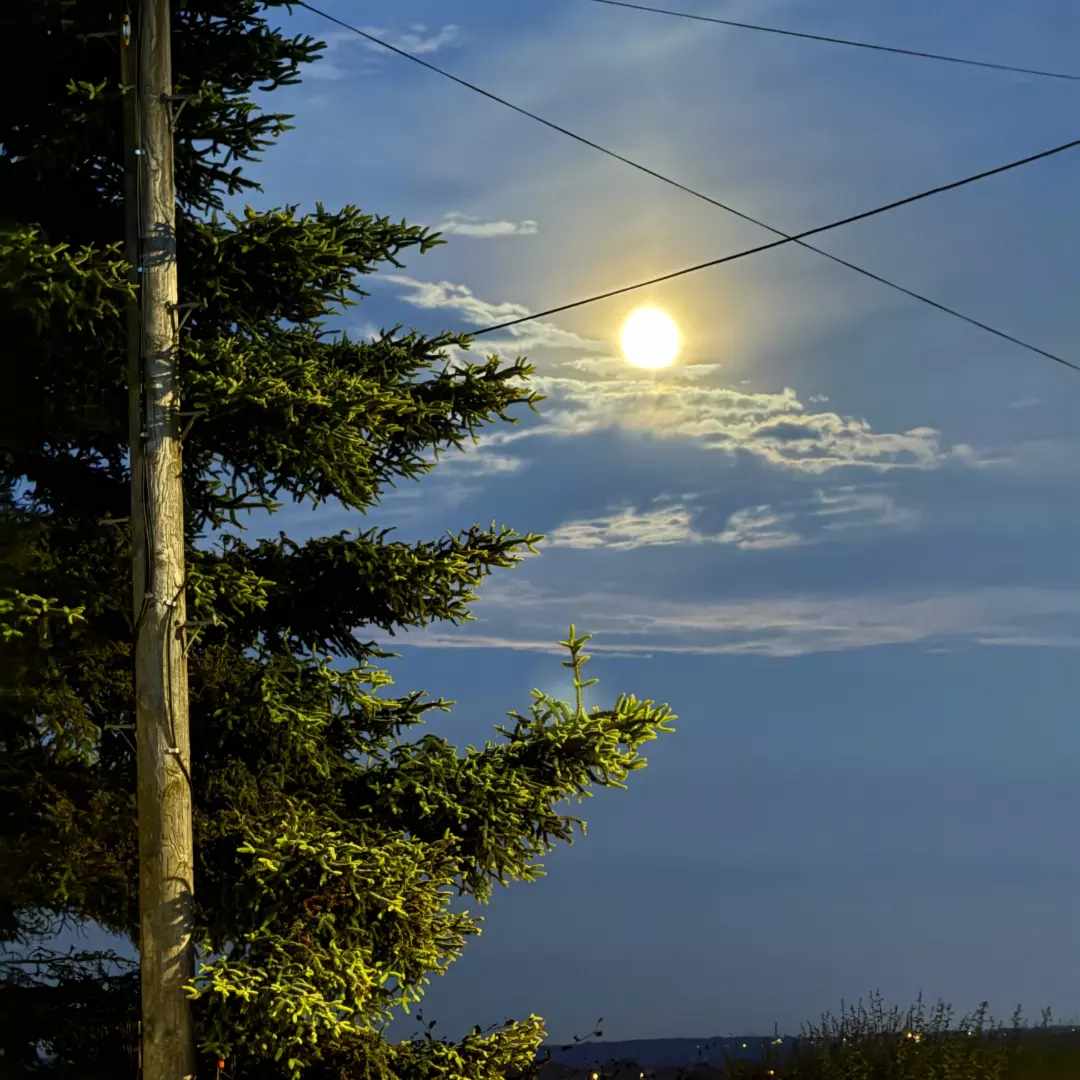
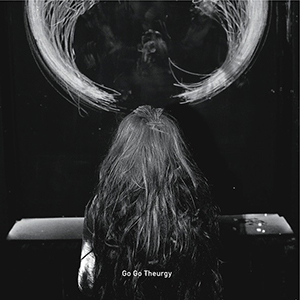 Go Go Theurgy is Polish composer Anna Zaradny's first album in eight years, following 2008's Mauve Cycles. Like that release, there is a significant amount of experimentation and abstraction to be heard on this record's two side long composition, yet for all its dissonance there is clearly order here. Order that takes the form of deconstructing and rebuilding more conventional pop and electronic music elements into completely unique contexts. It is challenging but captivating all the same.
Go Go Theurgy is Polish composer Anna Zaradny's first album in eight years, following 2008's Mauve Cycles. Like that release, there is a significant amount of experimentation and abstraction to be heard on this record's two side long composition, yet for all its dissonance there is clearly order here. Order that takes the form of deconstructing and rebuilding more conventional pop and electronic music elements into completely unique contexts. It is challenging but captivating all the same. For their fourth record, the duo of Kane Ikin and Paul Fiocco took a different approach, and decided to revisit fragments of previous recordings that lay forgotten on various hard drives and cassette tapes for a multitude of years. Beginning with these elements, they then reworked the material and recorded new parts, making these recordings a sort of hybrid of unreleased works and new material. Because of that, In The Lens may at times feel more like a collection of songs rather than a full-fledged album, but that is no major detriment considering how well these compositions are executed.
For their fourth record, the duo of Kane Ikin and Paul Fiocco took a different approach, and decided to revisit fragments of previous recordings that lay forgotten on various hard drives and cassette tapes for a multitude of years. Beginning with these elements, they then reworked the material and recorded new parts, making these recordings a sort of hybrid of unreleased works and new material. Because of that, In The Lens may at times feel more like a collection of songs rather than a full-fledged album, but that is no major detriment considering how well these compositions are executed.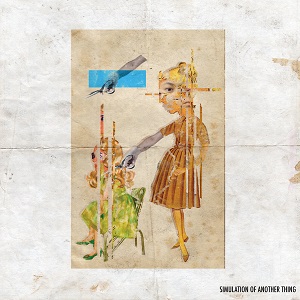 San Diego’s Steve Flato has remarkable and unpredictable range—from structured harsh noise (Mara’s Daughters) and hallucinogenic sine assaults (Salon de Flato) to mathematical ambience (This Is Our Last Cry Before Our Eternal Silence), and now, with Simulation of Another Thing, orchestrated soundtracks. Recorded with a trio featuring trombone, tuba, and French horn, Simulation blends melody, voice, field recordings, and improvised noise across three varied and affective songs (with an emphasis on the sinister). It comes in at a concise 30 minutes, but Flato packs a lot of great performances and unusual choices into that space, including one that combines the reassuring voice of a hairdresser with the steady pulse of a drum machine.
San Diego’s Steve Flato has remarkable and unpredictable range—from structured harsh noise (Mara’s Daughters) and hallucinogenic sine assaults (Salon de Flato) to mathematical ambience (This Is Our Last Cry Before Our Eternal Silence), and now, with Simulation of Another Thing, orchestrated soundtracks. Recorded with a trio featuring trombone, tuba, and French horn, Simulation blends melody, voice, field recordings, and improvised noise across three varied and affective songs (with an emphasis on the sinister). It comes in at a concise 30 minutes, but Flato packs a lot of great performances and unusual choices into that space, including one that combines the reassuring voice of a hairdresser with the steady pulse of a drum machine.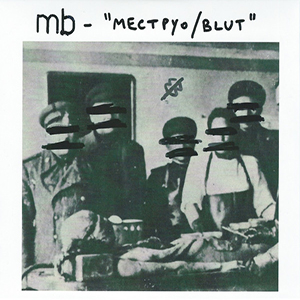 Here are two new archival releases from Bianchi, who has been more prolific in reissuing early (and usually more well regarded) releases compared to new material in the past few years. These discs (both CD versions of limited cassettes issued in the early 1980s) capture Bianchi in transition, moving from his less focused early work as the Sacher-Pelz moniker, into what most associate with the MB name and his string of amazing, but depressing LPs in the early 1980s. While the material might not be as strong as something on, say, Symphony for a Genocide or Regel, it is still much more than simple.
Here are two new archival releases from Bianchi, who has been more prolific in reissuing early (and usually more well regarded) releases compared to new material in the past few years. These discs (both CD versions of limited cassettes issued in the early 1980s) capture Bianchi in transition, moving from his less focused early work as the Sacher-Pelz moniker, into what most associate with the MB name and his string of amazing, but depressing LPs in the early 1980s. While the material might not be as strong as something on, say, Symphony for a Genocide or Regel, it is still much more than simple.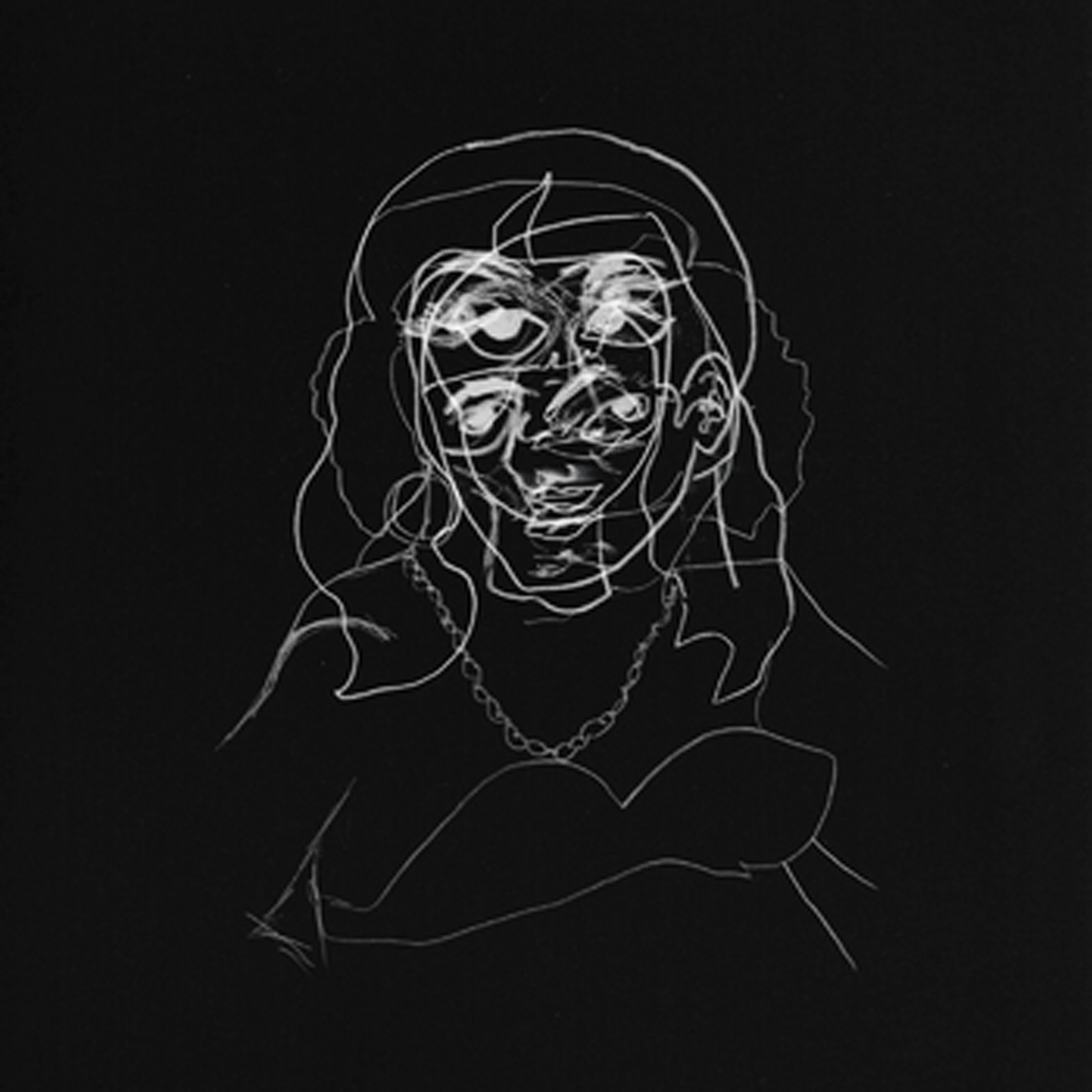 When I heard Klara Lewis’s self-released EP back in 2012, I was deeply impressed with how effectively she shaped her "found sound" collages into song-like structures, but worried that such an abstract and purist approach would be extremely limiting in the long run (it is hard to craft hooks without vocals or instruments, obviously).  As it turns out, my misgivings were largely unfounded, as Lewis has proven to be quite adept indeed at finding inventive and varied ways to exploit her unusual palette.  In fact, she seems to only be getting better and better at unlocking its deeper possibilities rather than backing herself into a corner.  That said, the content of Too probably will not surprise anyone who picked up 2014's Ett, though it may be a little less rhythmically focused.  That is not a detriment though.  In fact, it may even be liberating, as Too definitely feels more rich, otherworldly, and emotionally resonant than its predecessor.  More importantly, it features "Beaming," which is a work of absolute brilliance.
When I heard Klara Lewis’s self-released EP back in 2012, I was deeply impressed with how effectively she shaped her "found sound" collages into song-like structures, but worried that such an abstract and purist approach would be extremely limiting in the long run (it is hard to craft hooks without vocals or instruments, obviously).  As it turns out, my misgivings were largely unfounded, as Lewis has proven to be quite adept indeed at finding inventive and varied ways to exploit her unusual palette.  In fact, she seems to only be getting better and better at unlocking its deeper possibilities rather than backing herself into a corner.  That said, the content of Too probably will not surprise anyone who picked up 2014's Ett, though it may be a little less rhythmically focused.  That is not a detriment though.  In fact, it may even be liberating, as Too definitely feels more rich, otherworldly, and emotionally resonant than its predecessor.  More importantly, it features "Beaming," which is a work of absolute brilliance. Over the years, I have come to be extremely wary of any collaborative releases involving artists I like, as all they tend to fall into one of two categories: disappointing compromises or (much more frequently) tossed-off improvisations.  Consequently, I did not have particularly high hopes for this album, particularly since so many recent Fenn O’Berg releases have failed to live up to their enormous potential.  Happily, however, It’s Hard for Me to Say I’m Sorry largely delivers upon the promise heralded by its luminous participants.  Given that Fennesz has a much more distinctive aesthetic than the chameleonic O’Rourke, it is not surprising at all that this sounds a hell of a lot like a Fennesz album at times, but the line separating laptop-era O’Rourke from Fennesz is a very blurry and narrow one.  In any case, this is quite a strong album, albeit one that starts to lag a bit in the second half.
Over the years, I have come to be extremely wary of any collaborative releases involving artists I like, as all they tend to fall into one of two categories: disappointing compromises or (much more frequently) tossed-off improvisations.  Consequently, I did not have particularly high hopes for this album, particularly since so many recent Fenn O’Berg releases have failed to live up to their enormous potential.  Happily, however, It’s Hard for Me to Say I’m Sorry largely delivers upon the promise heralded by its luminous participants.  Given that Fennesz has a much more distinctive aesthetic than the chameleonic O’Rourke, it is not surprising at all that this sounds a hell of a lot like a Fennesz album at times, but the line separating laptop-era O’Rourke from Fennesz is a very blurry and narrow one.  In any case, this is quite a strong album, albeit one that starts to lag a bit in the second half. Haley Fohr's latest album quixotically departs from her Circuit des Yeux project in quite a bizarre and ambitious way.  Half performance art and half avant-garde country album, Jackie Lynn purports to be last recordings left behind by a mythic musician/iconoclast/cocaine dealer before she vanished from her apartment after a "domestic disturbance."  Fohr’s commitment to this elaborate conceit is quite impressive, concocting both a fake newspaper story and
Haley Fohr's latest album quixotically departs from her Circuit des Yeux project in quite a bizarre and ambitious way.  Half performance art and half avant-garde country album, Jackie Lynn purports to be last recordings left behind by a mythic musician/iconoclast/cocaine dealer before she vanished from her apartment after a "domestic disturbance."  Fohr’s commitment to this elaborate conceit is quite impressive, concocting both a fake newspaper story and 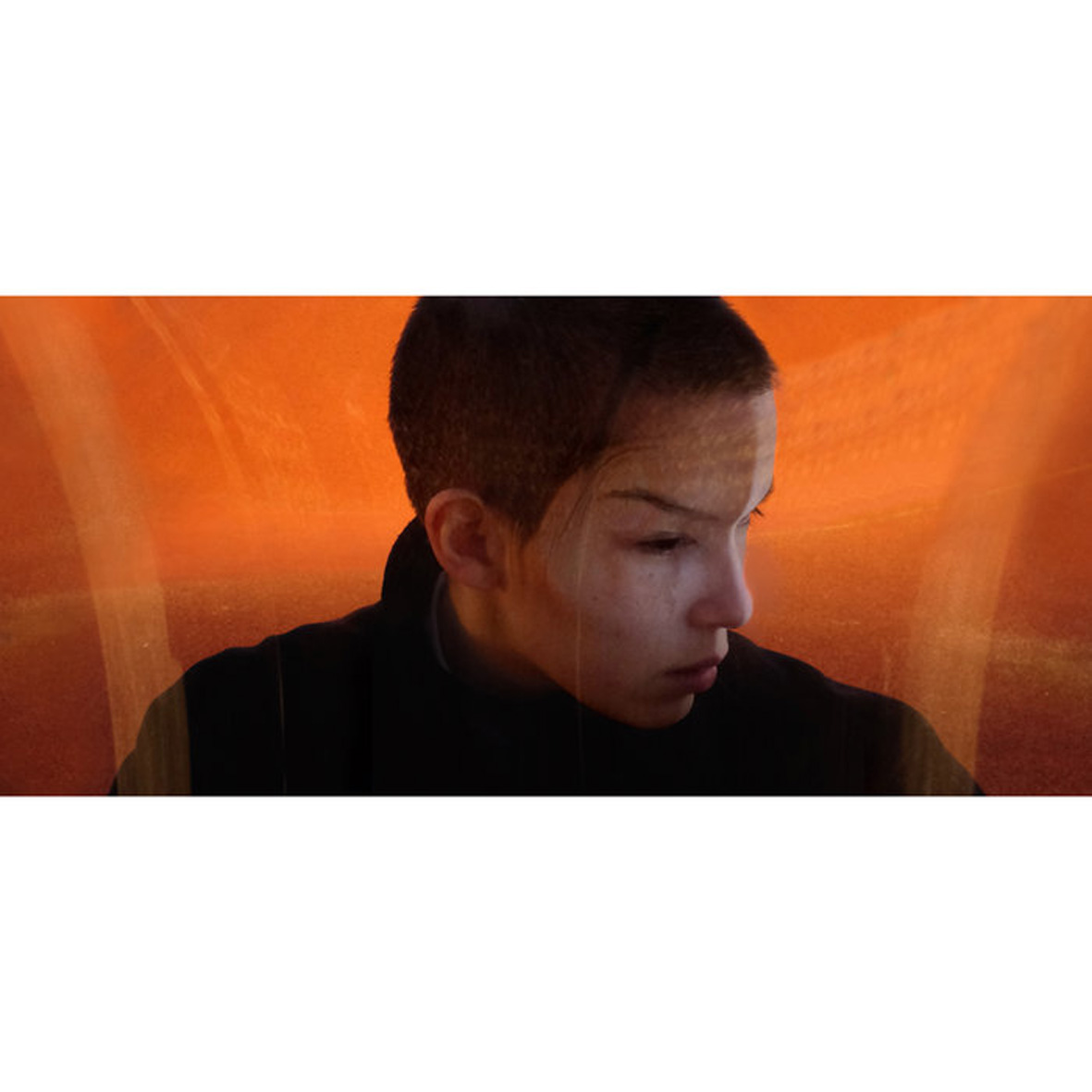 Four long years ago, Raime released an absolute monster of a debut album with Quarter Turns Over a Living Line.  Since then, I periodically found myself wondering when Raime was going resurface and how Joe Andrews and Tom Halstead could possibly top such a visceral monolith of seething gloom.  Apparently, they were wondering the exact same thing and ultimately decided not to even try.  Instead, Andrews and Halstead have picked up guitars and reinvented themselves as a quasi-post-hardcore band, a detour much more in line with their Moin side-project.  Aesthetically, I suppose that was not a bad move, but Tooth nevertheless feels quite undercooked, one-dimensional, and lean on ideas.  This probably should have been a single or an EP (at best).
Four long years ago, Raime released an absolute monster of a debut album with Quarter Turns Over a Living Line.  Since then, I periodically found myself wondering when Raime was going resurface and how Joe Andrews and Tom Halstead could possibly top such a visceral monolith of seething gloom.  Apparently, they were wondering the exact same thing and ultimately decided not to even try.  Instead, Andrews and Halstead have picked up guitars and reinvented themselves as a quasi-post-hardcore band, a detour much more in line with their Moin side-project.  Aesthetically, I suppose that was not a bad move, but Tooth nevertheless feels quite undercooked, one-dimensional, and lean on ideas.  This probably should have been a single or an EP (at best).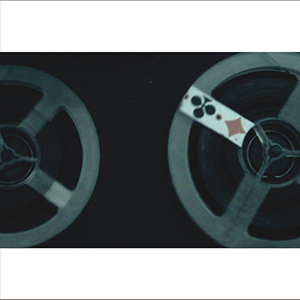 Continuing his concept of "sound recycling", Sebastian Banaszczyk’s latest work is the studio recording of a piece first performed in 2014. As part of the Festiwal Dekonstrukcji Slowa in Poland, he performed this work (translated as "The Old Writer") as a tribute to William S. Burroughs on his 100th birthday. Consistent with his work to this point, it is a brilliant deconstruction of sounds that bear little resemblance to their source, but perhaps what is most surprising is the amount of conventional music he chose to employ, giving an added layer of depth to an already complex record.
Continuing his concept of "sound recycling", Sebastian Banaszczyk’s latest work is the studio recording of a piece first performed in 2014. As part of the Festiwal Dekonstrukcji Slowa in Poland, he performed this work (translated as "The Old Writer") as a tribute to William S. Burroughs on his 100th birthday. Consistent with his work to this point, it is a brilliant deconstruction of sounds that bear little resemblance to their source, but perhaps what is most surprising is the amount of conventional music he chose to employ, giving an added layer of depth to an already complex record.
